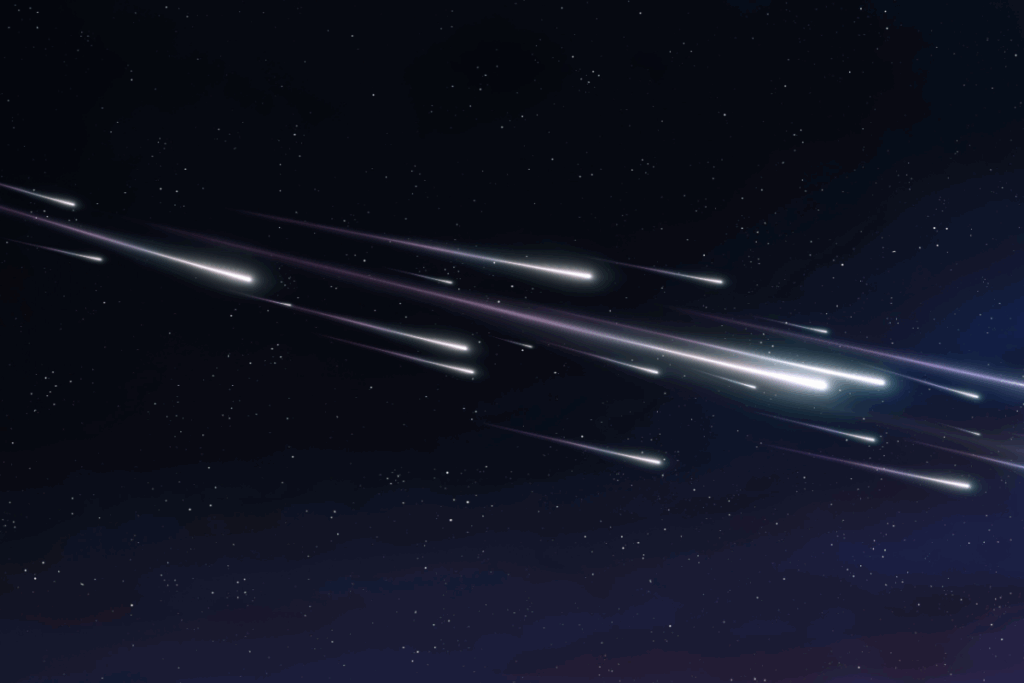Rare Cosmic Event Follows Close Encounter With the Sun
Astronomers have recorded spectacular footage of Comet C/2025 K1 (ATLAS) disintegrating in space after a close pass by the sun earlier this year. The breakup, observed on the nights of November 11–12, marks a dramatic end to one of 2025’s most closely watched celestial visitors.
First discovered in May 2025, the comet had steadily brightened through the summer as it approached the sun. As its frozen core was exposed to solar radiation, it developed the classic glowing coma — a halo of vaporized gas — and a long, trailing tail driven outward by the solar wind.
While scientists had hoped it might become visible to the naked eye, the comet never reached that level of brightness. Instead, its close approach to the sun on October 8 appears to have destabilized its structure, leading to its eventual fragmentation a month later.
A Comet Torn Apart
Astronomers using the 1.82-meter Copernicus Telescope at the Asiago Observatory in Italy captured the disintegration as it unfolded. The images revealed that C/2025 K1 had split into three major fragments, with two large pieces drifting roughly 2,000 kilometers apart and a third, fainter fragment trailing behind.
“From a first quick analysis of the images, we can confirm that there are definitely two fairly similar pieces,” said research astronomer Mazzotta Epifani in a statement released by Italy’s National Institute for Astrophysics. “Furthermore, we suspect the presence of a third, smaller and fainter fragment to the left of the pair.”
Additional observations by Gianluca Masi of the Virtual Telescope Project on November 12–13 confirmed the breakup, showing a large portion of the comet’s nucleus peeling away from the main body. “Thanks to the good seeing and the high resolution provided by the telescope I used, I could record some precious details of such a dramatic event,” Masi said.
His animation sequence revealed the shifting positions of the fragments over 24 hours — a rare, dynamic view of a comet in real-time destruction.
A Time Capsule From the Solar System’s Edge
C/2025 K1 (ATLAS) is believed to have originated in the Kuiper Belt, a distant region beyond Neptune filled with icy remnants from the early solar system. Scientists think this may have been the comet’s first journey into the inner solar system — and likely its last.
Such comets are scientifically valuable because they preserve pristine material from the solar system’s formation over 4.5 billion years ago. Analyzing the fragments and the gases released during their breakup could help researchers better understand the composition of the primordial nebula that gave birth to the planets.
Distinct From Interstellar Visitors
Despite sharing part of its name with 3I/ATLAS, the interstellar comet that recently made headlines, C/2025 K1 is not related. Both were discovered through the Asteroid Terrestrial-impact Last Alert System (ATLAS), a NASA-supported project that scans the sky for potentially hazardous asteroids and comets.
While 3I/ATLAS attracted attention for its unusual trajectory and speculative theories about alien origins, C/2025 K1’s story is one of cosmic fragility — an icy traveler meeting its end under the intense heat of the sun.
A Sight for Skywatchers
For astronomers and astrophotographers, the event provided a vivid reminder of how dynamic the solar system remains. Even as comets like C/2025 K1 disintegrate, their remnants contribute to the dust and gas that form future celestial bodies.
Photographers hoping to capture similar cosmic scenes are encouraged to explore specialized smart telescopes, high-resolution cameras, and long-lens setups designed for deep-sky imaging.
The breakup of C/2025 K1 may mark the comet’s demise — but its fragments will continue to drift silently through space, carrying clues to the earliest chapters of our solar history.


